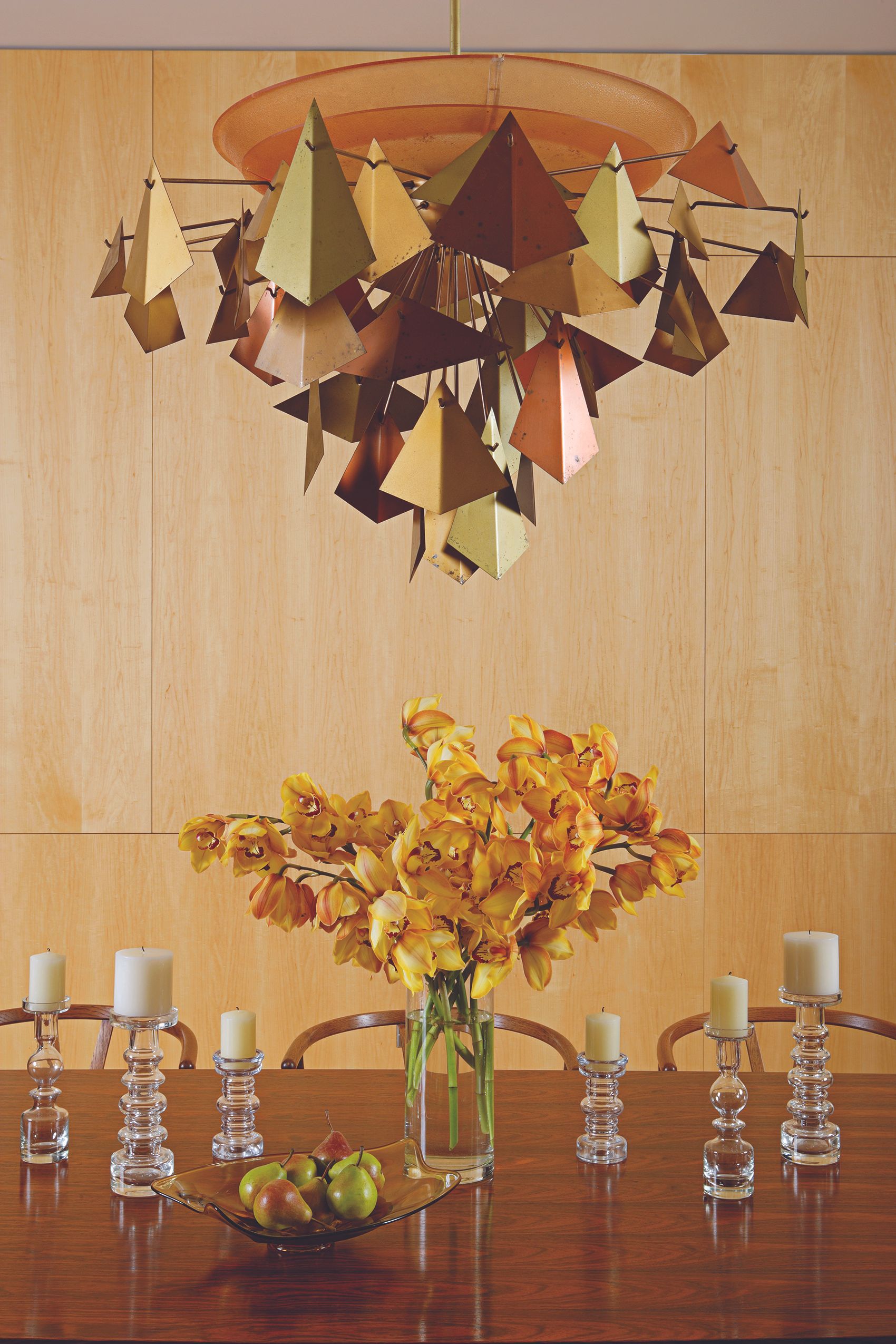Lifestyle
Transform Your Home Decor: Upcycle for Sustainable Style

As the holiday season approaches, many homeowners are seeking fresh ways to update their interiors without breaking the bank. One eco-friendly solution is to revamp existing furniture through upcycling, a trend supported by industry experts like Debra Phillips, owner and senior designer of SG Geneva Scentimental Gardens. Phillips emphasizes that repurposing old furniture not only saves money but also contributes to sustainability by reducing waste.
Upcycling involves taking pre-owned items and giving them a new life, often resulting in unique and stylish decor. Phillips recently assisted a young couple in furnishing their first home, focusing on integrating vintage and antique pieces. “We talked about repurposing, which runs the gamut of found treasure,” she explained. Such items typically boast better craftsmanship than mass-produced furniture and can often be sourced at a fraction of the cost, or even for free.
Creative Ideas for Upcycling
One popular method of upcycling is using reclaimed wood to create new furniture. For instance, wooden pallets can be transformed into coffee tables or garden benches. Phillips suggests applying lacquer or chalk paint to a knotty pine chest for a fresh look, or stripping and waxing it for a rustic finish. Adding new hardware can elevate these pieces, providing satisfaction in crafting something original while diverting waste from landfills.
Phillips encourages creativity when it comes to repurposing. She shared an example of transforming an eel cage from an antique show into a striking industrial chandelier, demonstrating that even unconventional items can find new purposes. For those without access to family heirlooms, local antique shops, secondhand stores, flea markets, and estate sales offer valuable opportunities to discover hidden gems.
Choosing Sustainable Materials
When furnishing a home, Phillips emphasizes the importance of quality, particularly in upholstery. She advises consumers to investigate how furniture is constructed and to prioritize natural materials. “You want to know what’s under the pretty fabric,” she stated, cautioning against cheaply made pieces that may contain harmful materials. Instead, she advocates for upholstery stuffed with down or cotton, which are safer alternatives to chemical-laden foam.
In addition to focusing on upholstery, Phillips recommends using organic fabrics and avoiding synthetic options like polyester. She suggests looking for furniture constructed with screws rather than glue or staples to ensure durability and sustainability.
Natural materials also play a significant role in creating a cohesive and inviting space. Phillips highlights the beauty of using elements such as wool rugs, cane and wicker furniture, and iron, wood, and leather accents. She notes that zinc is gaining popularity for its soft gray-blue hue and can be found in various furniture items like side tables and lamps.
By blending new pieces with vintage finds, homeowners can create a distinctive and personal aesthetic that reflects their values. Phillips believes that “what makes for an interesting home is not everything purchased brand new.” Instead, the goal should be a collective look that resonates personally, marrying sustainability with style.
As the holidays draw near, those looking to refresh their homes can embrace these upcycling and sustainable practices. Not only does this approach foster creativity, but it also promotes a commitment to environmental responsibility, making each home a unique reflection of its inhabitants.
-

 World3 months ago
World3 months agoScientists Unearth Ancient Antarctic Ice to Unlock Climate Secrets
-

 Entertainment3 months ago
Entertainment3 months agoTrump and McCormick to Announce $70 Billion Energy Investments
-

 Lifestyle3 months ago
Lifestyle3 months agoTransLink Launches Food Truck Program to Boost Revenue in Vancouver
-

 Science3 months ago
Science3 months agoFour Astronauts Return to Earth After International Space Station Mission
-

 Technology2 months ago
Technology2 months agoApple Notes Enhances Functionality with Markdown Support in macOS 26
-

 Top Stories1 week ago
Top Stories1 week agoUrgent Update: Fatal Crash on Highway 99 Claims Life of Pitt Meadows Man
-

 Sports3 months ago
Sports3 months agoSearch Underway for Missing Hunter Amid Hokkaido Bear Emergency
-

 Politics2 months ago
Politics2 months agoUkrainian Tennis Star Elina Svitolina Faces Death Threats Online
-

 Technology3 months ago
Technology3 months agoFrosthaven Launches Early Access on July 31, 2025
-

 Politics3 months ago
Politics3 months agoCarney Engages First Nations Leaders at Development Law Summit
-

 Entertainment3 months ago
Entertainment3 months agoCalgary Theatre Troupe Revives Magic at Winnipeg Fringe Festival
-

 Politics1 week ago
Politics1 week agoShutdown Reflects Democratic Struggles Amid Economic Concerns









